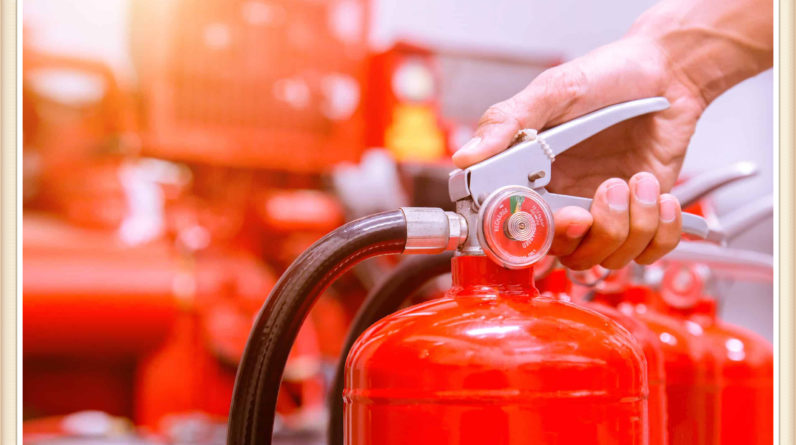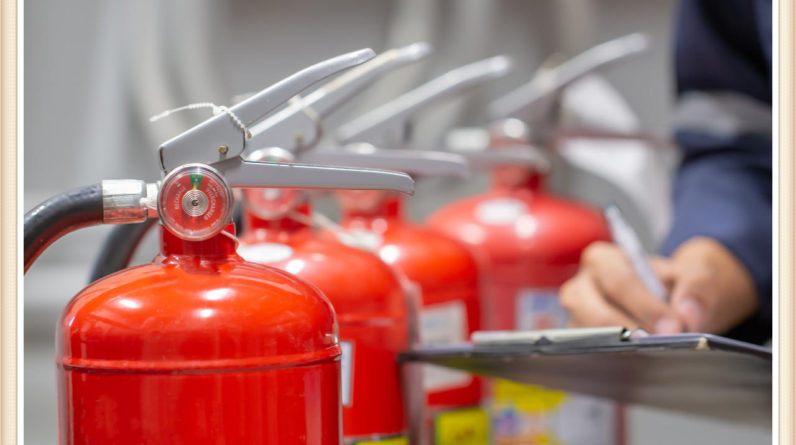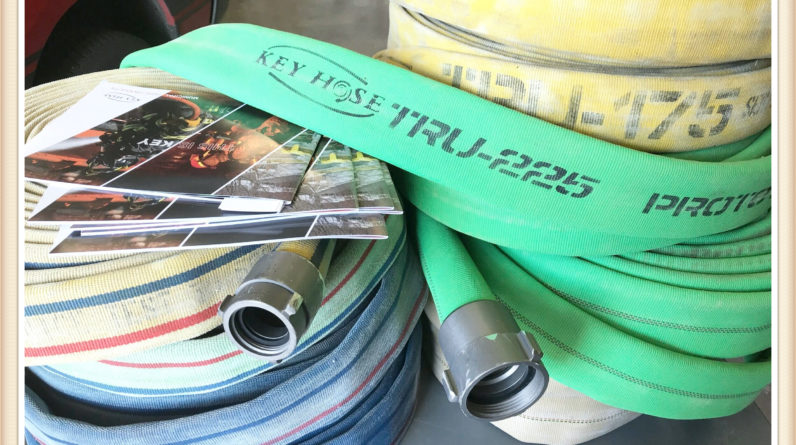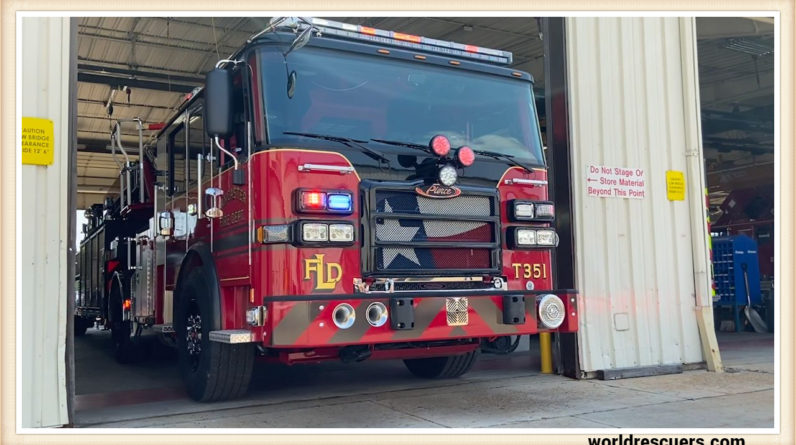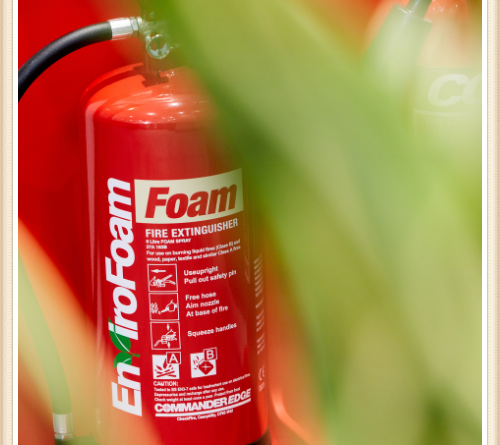
Summary
The history of fire extinguishers is a testament to human ingenuity and our relentless pursuit of safety. From humble clay pots to sophisticated foam fire extinguishers, these devices have evolved to become essential tools for safeguarding lives and property. The foam fire extinguisher, with its versatility and effectiveness, stands as a shining example of progress in fire-fighting technology, a beacon of hope in the face of one of nature’s most formidable elements.
Fire, an elemental force that has both empowered and threatened humanity for centuries, has necessitated the invention of ingenious tools for its control. Among these, the foam fire extinguisher stands as a modern marvel in the quest to tame the destructive power of flames. In this exploration of the history of fire extinguishers, we’ll delve into the evolution of this life-saving device, with a particular focus on the foam fire extinguisher.
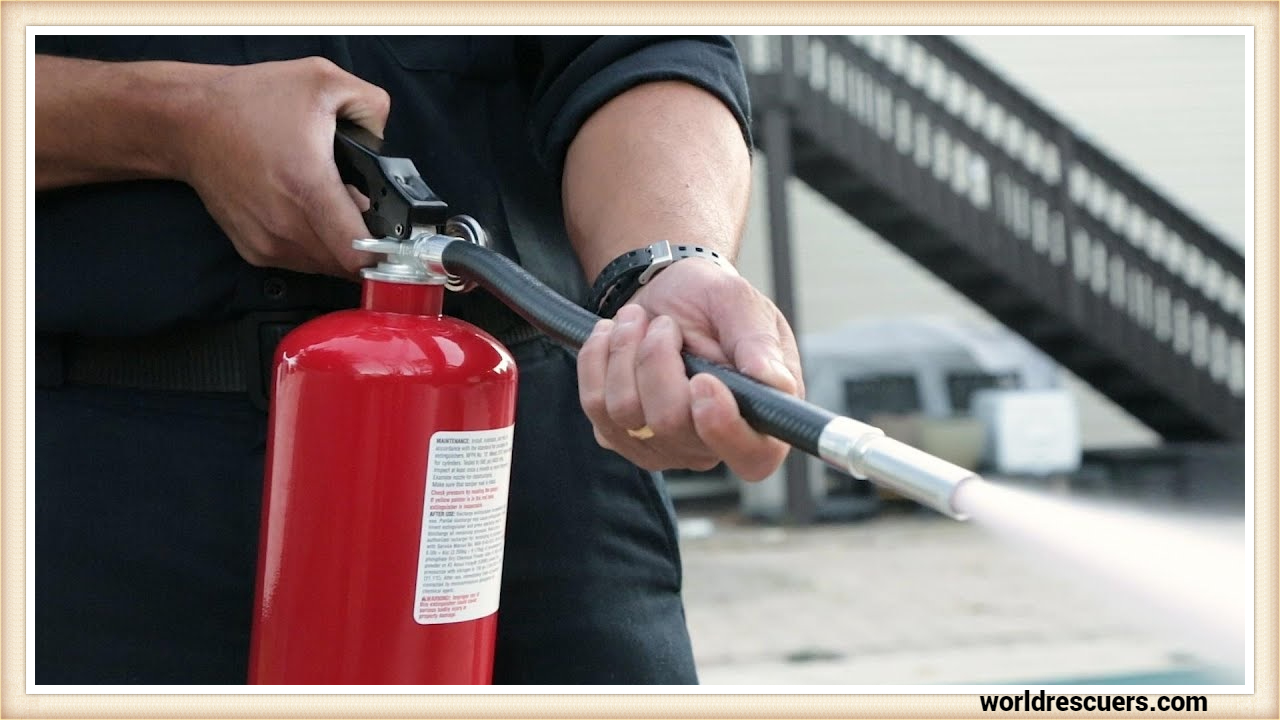
Ancient Beginnings: Clay Pots and Sand Buckets
Ancient civilizations traced the origins of fire control tools back to them. They used simple clay pots filled with water or sand. As the earliest known fire-fighting devices to douse flames and prevent them from spreading. The concept of smothering fires to extinguish them laid the foundation for future innovations.
The Roman Innovation: Saffron and Wine
We credit the Romans with pioneering early fire suppression techniques. They used a concoction of saffron and wine to smother flames. This early form of fire extinguishing was not only functional but also symbolized the importance of fire safety in ancient societies.
18th-Century Advancements: Leather Fire Buckets and Hand-Pumped Engines
The 18th century witnessed significant advancements in fire-fighting technology. Firefighters often filled leather fire buckets with water and used them to contain fires in public places. Additionally, they developed hand-pumped fire engines, enabling them to project water onto fires with greater force and efficiency.
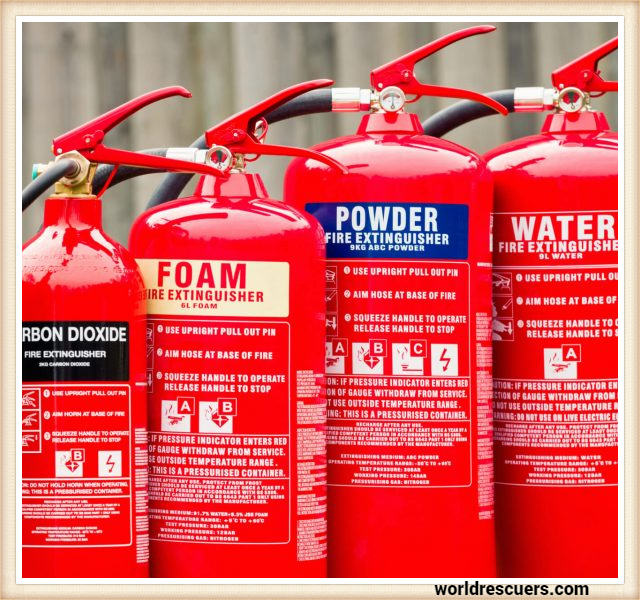
19th Century Breakthroughs: Chemical Fire Extinguishers
The 19th century marked a pivotal moment in fire-fighting history with the invention of chemical fire extinguishers. These devices expelled various fire-suppressing chemicals. Such as potassium carbonate or sodium bicarbonate, onto fires when needed. This innovation made it possible to combat fires more effectively and rapidly.
Early 20th Century: The Birth of Foam Fire Extinguishers
The foam fire extinguisher, a significant leap forward in fire suppression technology, emerged in the early 20th century. This type of extinguisher used a combination of foam concentrate and water to create a blanket-like layer over the fire, cutting off its oxygen supply and extinguishing it. Foam fire extinguishers were particularly effective for combating flammable liquid fires, making them a valuable addition to fire-fighting arsenals.
Modern Foam Fire Extinguishers: Versatile and Effective
Today, foam fire extinguishers continue to play a vital role in fire safety. They are designed to combat various types of fires, including those involving flammable liquids and electrical equipment. The foam forms a seal over the fire, preventing re-ignition and reducing the risk of collateral damage. These extinguishers are a common sight in homes, businesses, and industrial settings, exemplifying how far fire-fighting technology has come.
ALSO, FOLLOW US ON PINTEREST
FAQ’s
What is the foam fire extinguisher used for?
People primarily use foam fire extinguishers to suppress fires involving flammable liquids like oil, gasoline, and petroleum-based substances.
What should you not use a foam fire extinguisher on?
Using foam fire extinguishers on electrical fires or fires involving cooking oils (grease fires) should be avoided as they can worsen the situation.
Which chemical is used in foam fire extinguisher?
Foam fire extinguishers typically use a mixture of water and foam concentrate, which may contain chemicals like AFFF (Aqueous Film-Forming Foam) or FFFP (Film-Forming Fluoroprotein).
What is the difference between Class A and Class B foam?
Class A foam extinguishes fires involving ordinary combustibles like wood and paper, while Class B foam formulates suppression of flammable liquid fires such as gasoline and oil.
Highly trained Assistant Fire Chief dedicated to public safety and awareness for the past 16 years. Effective leader who remains steady during times of emergency, while directing and motivating team members throughout crises.


